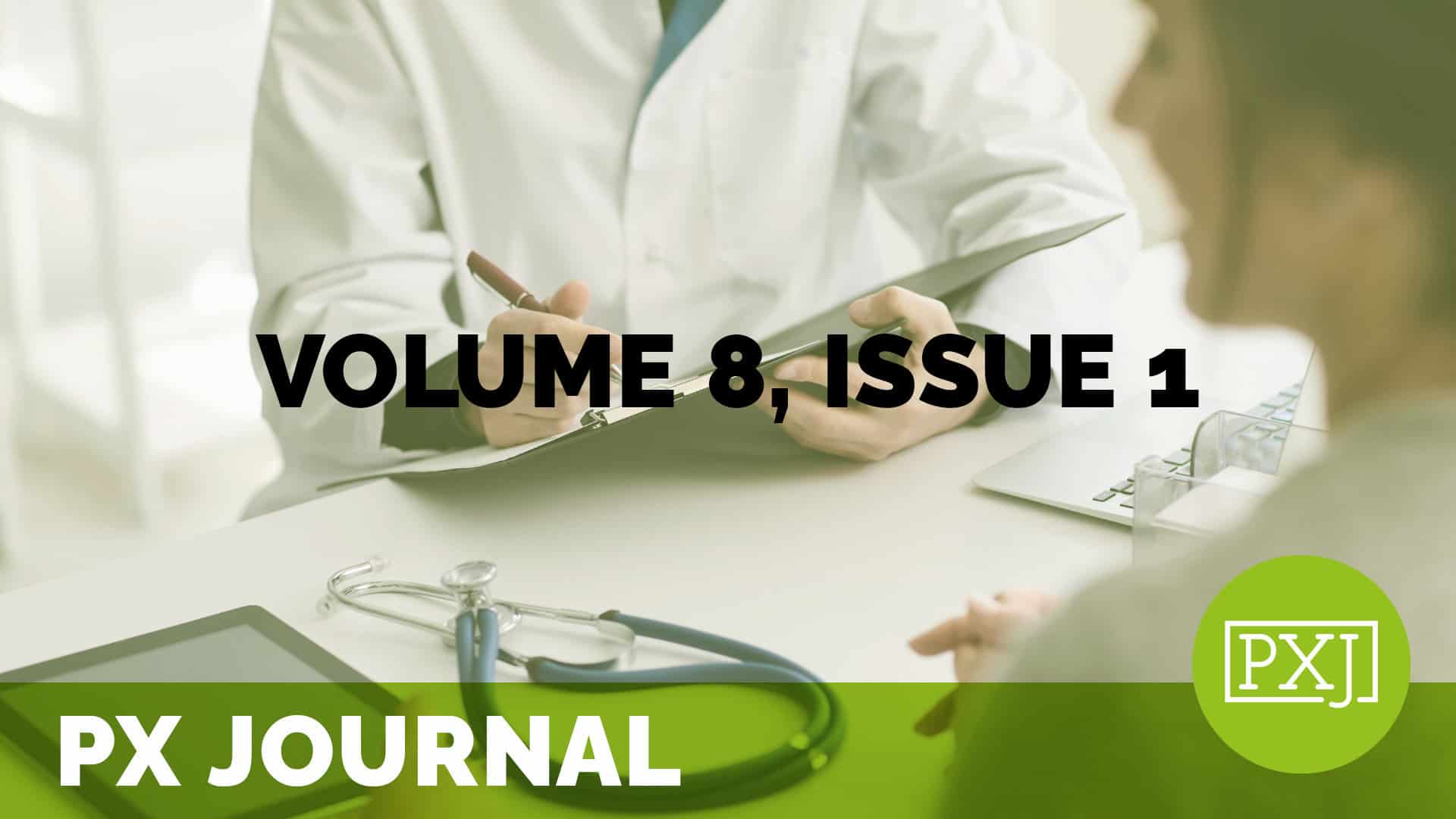Reexamining Defining Patient Experience: The human experience in healthcare

In 2014, the authors came together with the explicit purpose of understanding how people were defining patient experience.1 Our broad review and analysis of the literature led us to a few critical points. One, as our review showed, there was an absence of a commonly used definition around patient experience in healthcare. Two, while consistency in the use of one definition was not revealed, there was great alignment around central components seen as critical to patient experience. Three, we highlighted the recurrence of key concepts from the literature that are also found in the definition offered by The Beryl Institute that include: ‘sum of all interactions,’ ‘the influence of organizational culture,’ ‘patient perceptions,’ and the importance of considering experiences ‘across the continuum of care.’ While this initial inquiry took place seven years ago, we would suggest that these core definitional concepts are no less relevant today and, in fact, may have grown in significance, as those in healthcare have come to better understand the scope and scale of experience. Hence, the purpose of this paper is to assess how the definition has evolved to encompass novel and timely viewpoints that complement the original definition and understand how – and in what ways – the definition has advanced. The definition of patient experience was a significant milestone. It provided simple language for the truly complex nature of what patient experience is and has ultimately served as a foundation for framing the human experience in healthcare. The human experience in healthcare integrates the sum of all interactions, every encounter among patients, families and care partners and the healthcare workforce. It is driven by the culture of healthcare organizations and systems that work tirelessly to support a healthcare ecosystem that operates within the breadth of the care continuum into the communities they serve and the ever-changing environmental landscapes in which they are situated. The human experience in healthcare ultimately is the fruit born from the core of patient experience itself.
Related content
-
 Culture & Leadership | Staff & Provider Engagement
Culture & Leadership | Staff & Provider EngagementMoving from “Good to Great”: Enhancing the Human Experience in Outpatient Care
Join us for an insightful webinar on Hartford HealthCare’s “Good to Great” (G2G) initiative, a transformative approach designed to improve patient experience across the organization. Launched in 2023, G2G uses a data-driven methodology to analyze patient experience and colleague engagement, identifying units as low-, middle-, or high-performing. Focusing on middle-performing teams, this initiative leverages strong
Learn more -
 Culture & Leadership | Patient Family & Community Engagement | Staff & Provider Engagement
Culture & Leadership | Patient Family & Community Engagement | Staff & Provider EngagementThe “What Matters to You” Movement: Fostering Sustainable Change in Healthcare
Are you curious about how to ignite a movement within your organization that enhances care quality and workforce well-being and delivers a return on investment? Inspired by the global What Matters to You (WMTY) movement, this webinar will showcase successful improvement initiatives that have led to better quality outcomes, increased joy in work, and financial
Learn more -
 Culture & Leadership | Patient Family & Community Engagement
Culture & Leadership | Patient Family & Community EngagementInclusive Perspectives: Diversifying Patient and Family Advisory Councils
2pm ET / 1pm CT / 12pm MT / 11am PT – Understanding that diversity and inclusivity within Patient and Family Advisory Councils (PFACs) are crucial for addressing the evolving needs of the community, Inova redesigned its advisor recruitment and engagement strategy. Initially met with resistance from some long-term PFAC advisors, Inova’s new approaches—including the
Learn more
